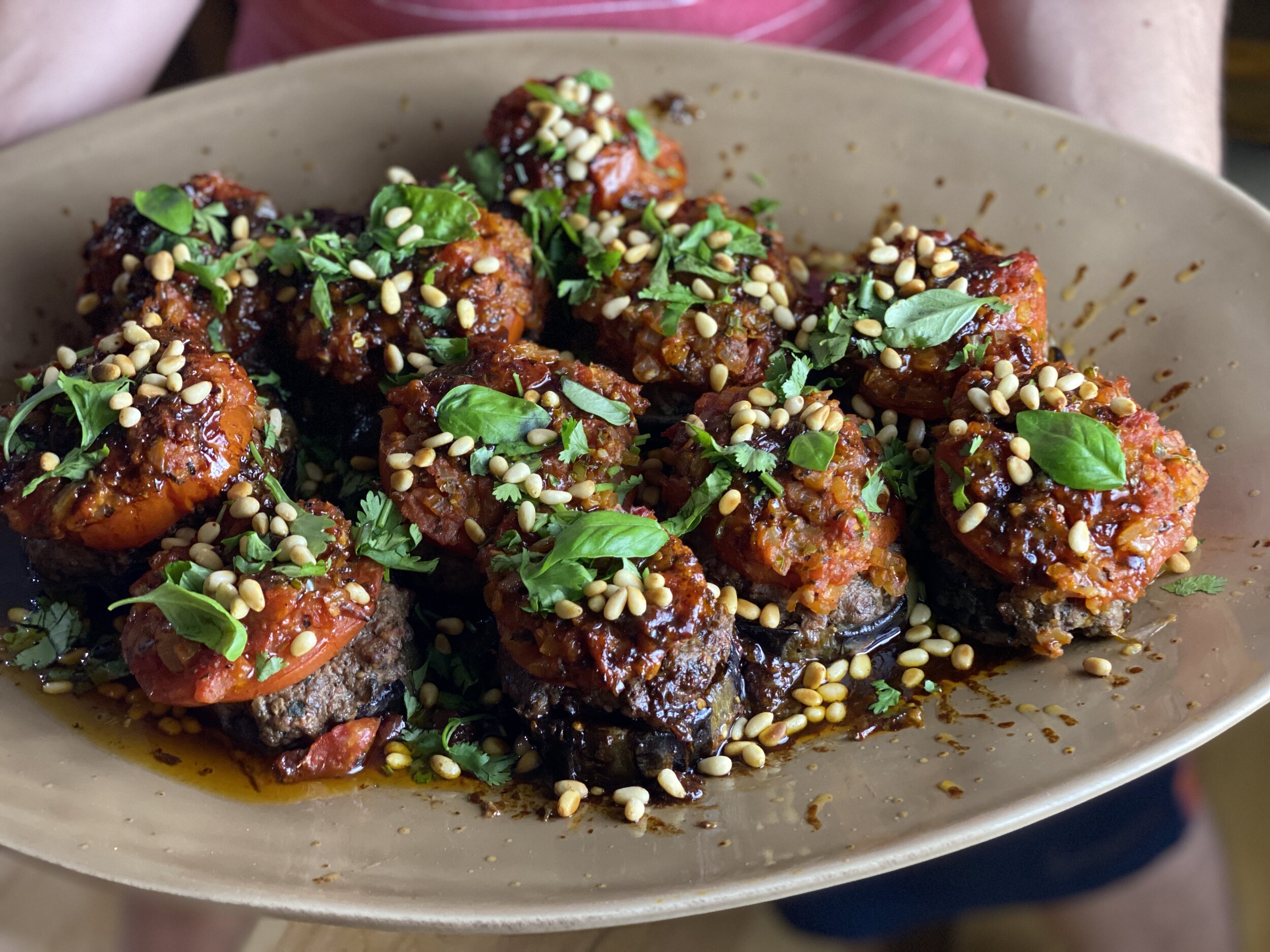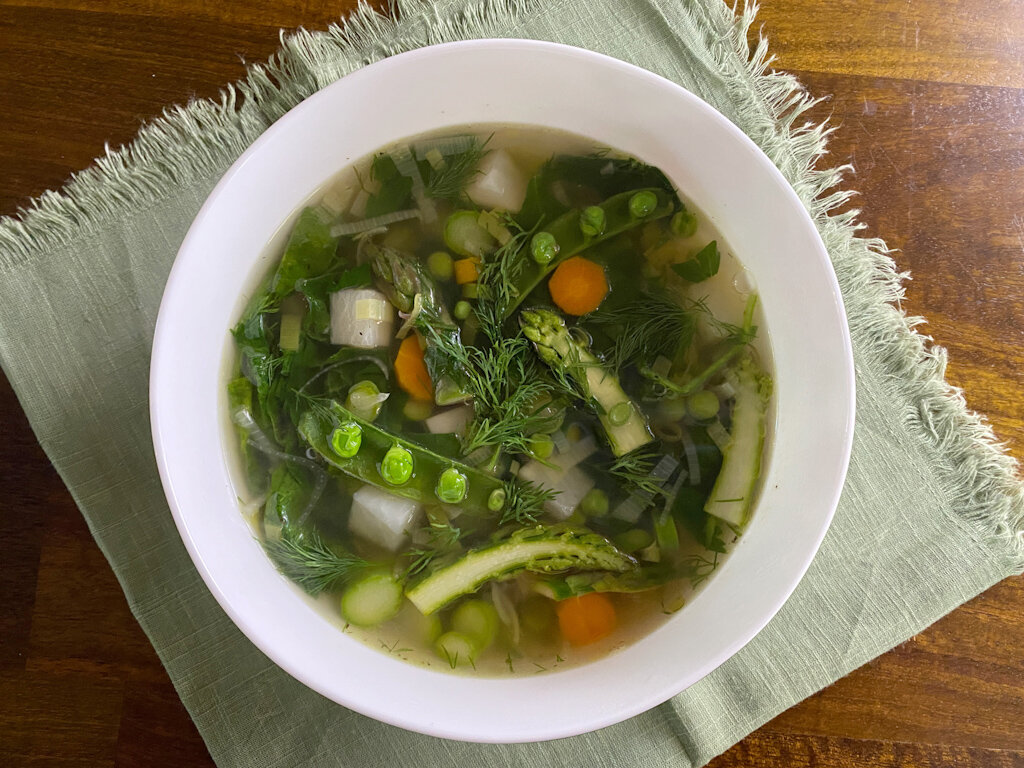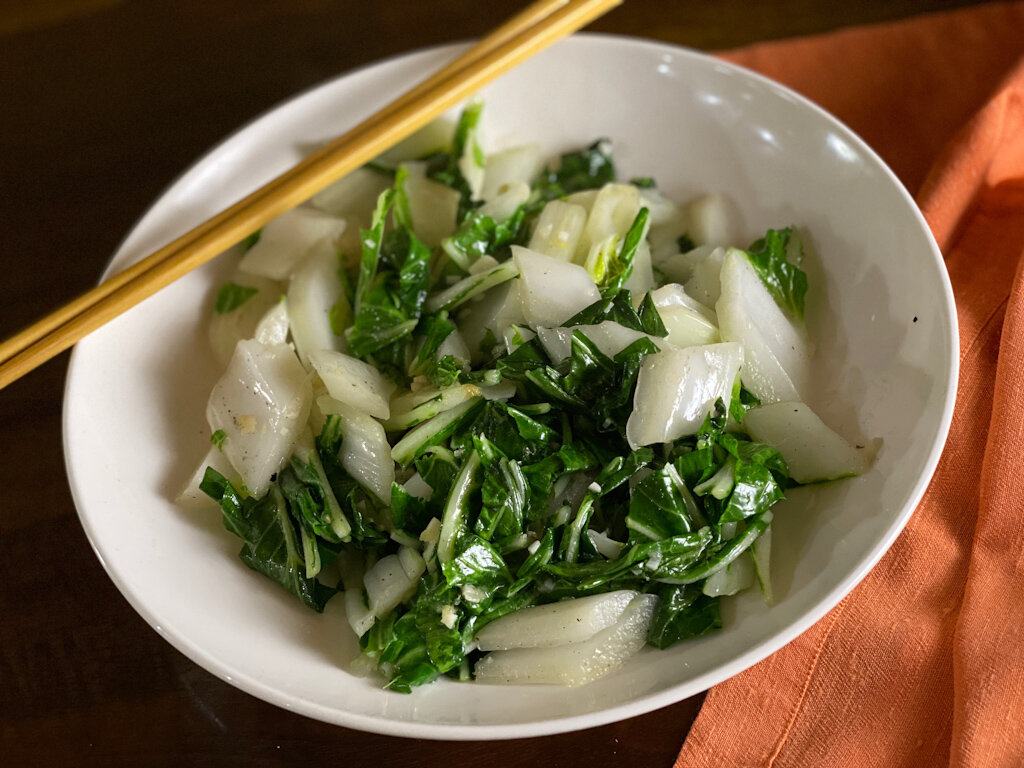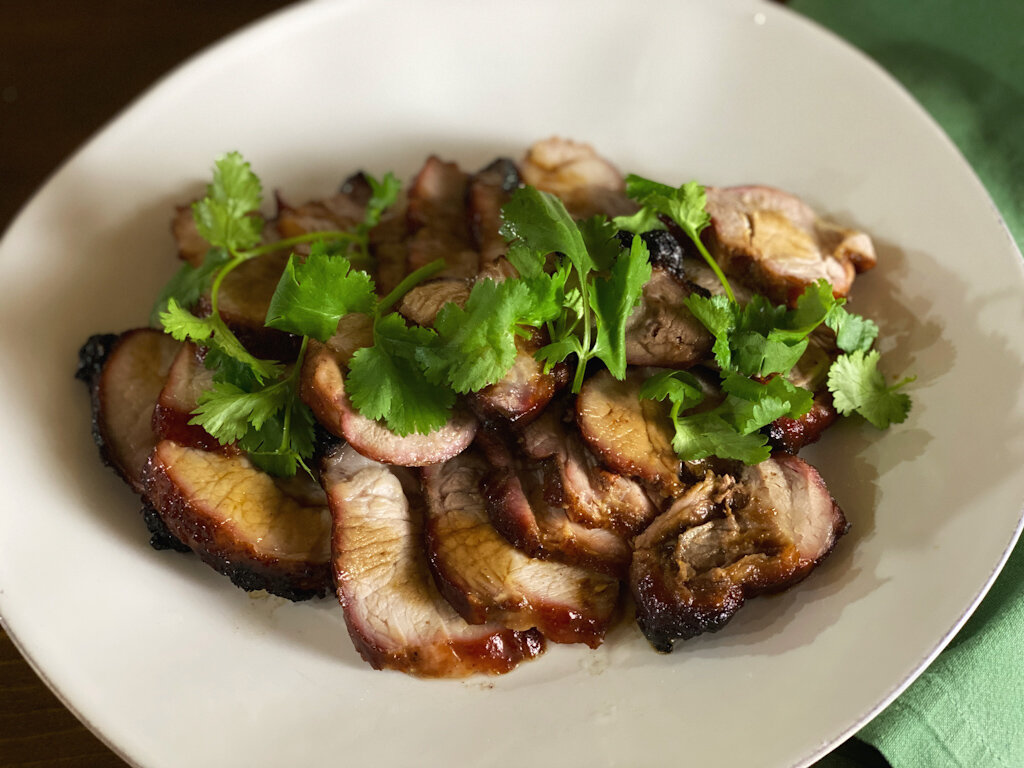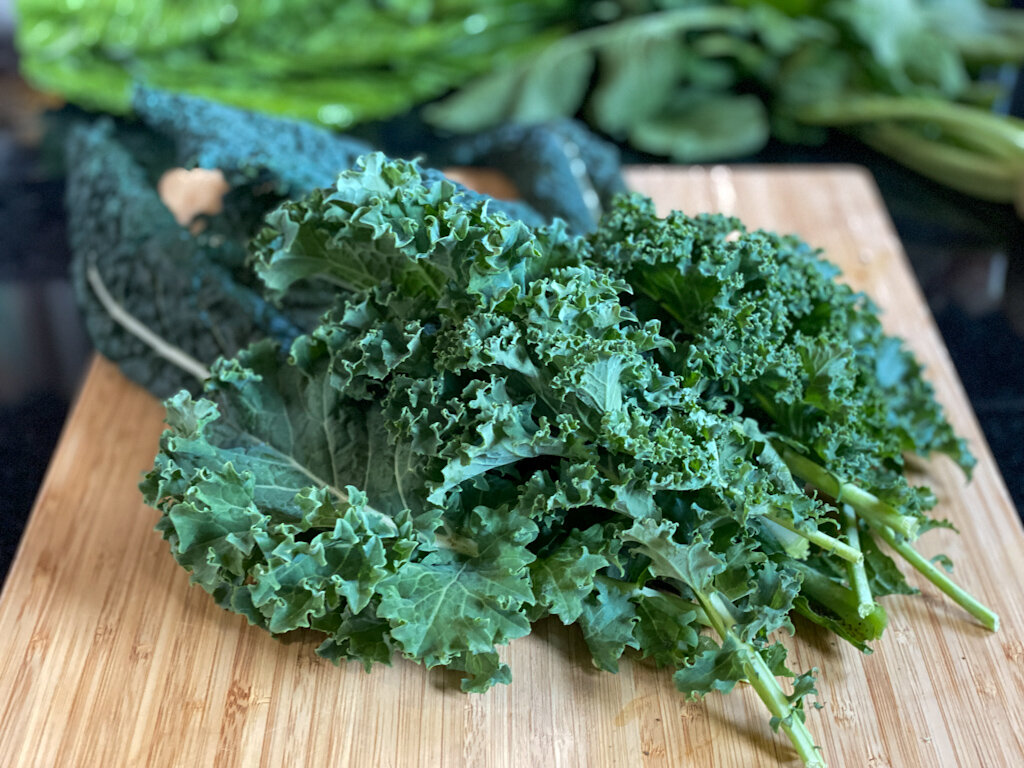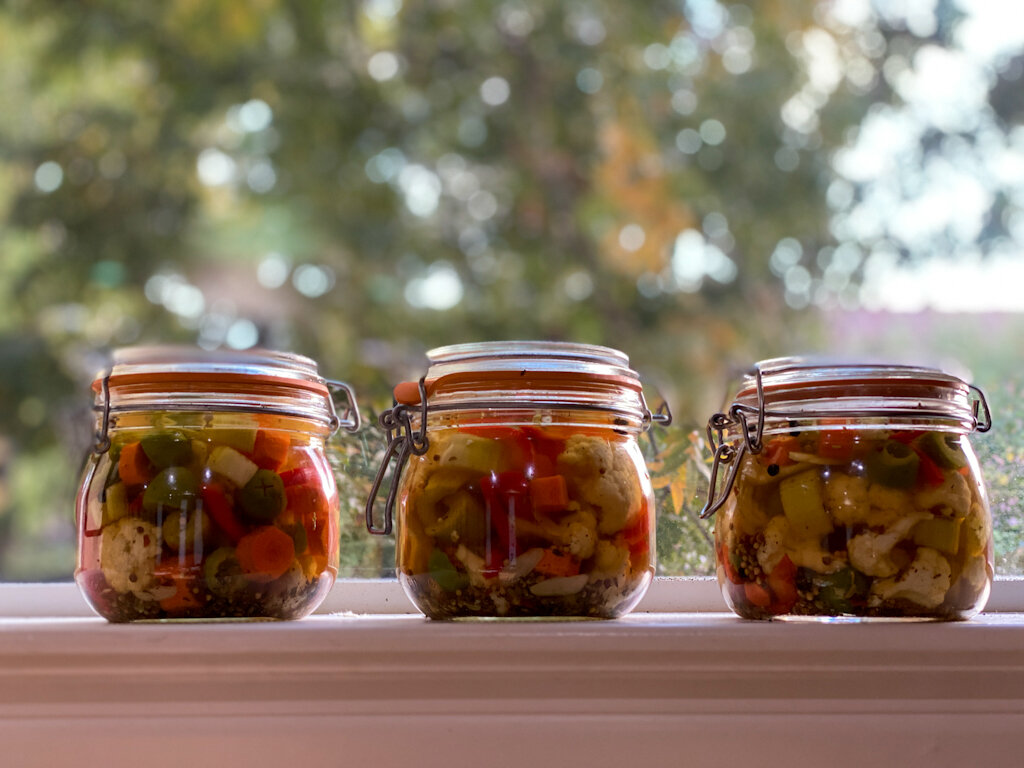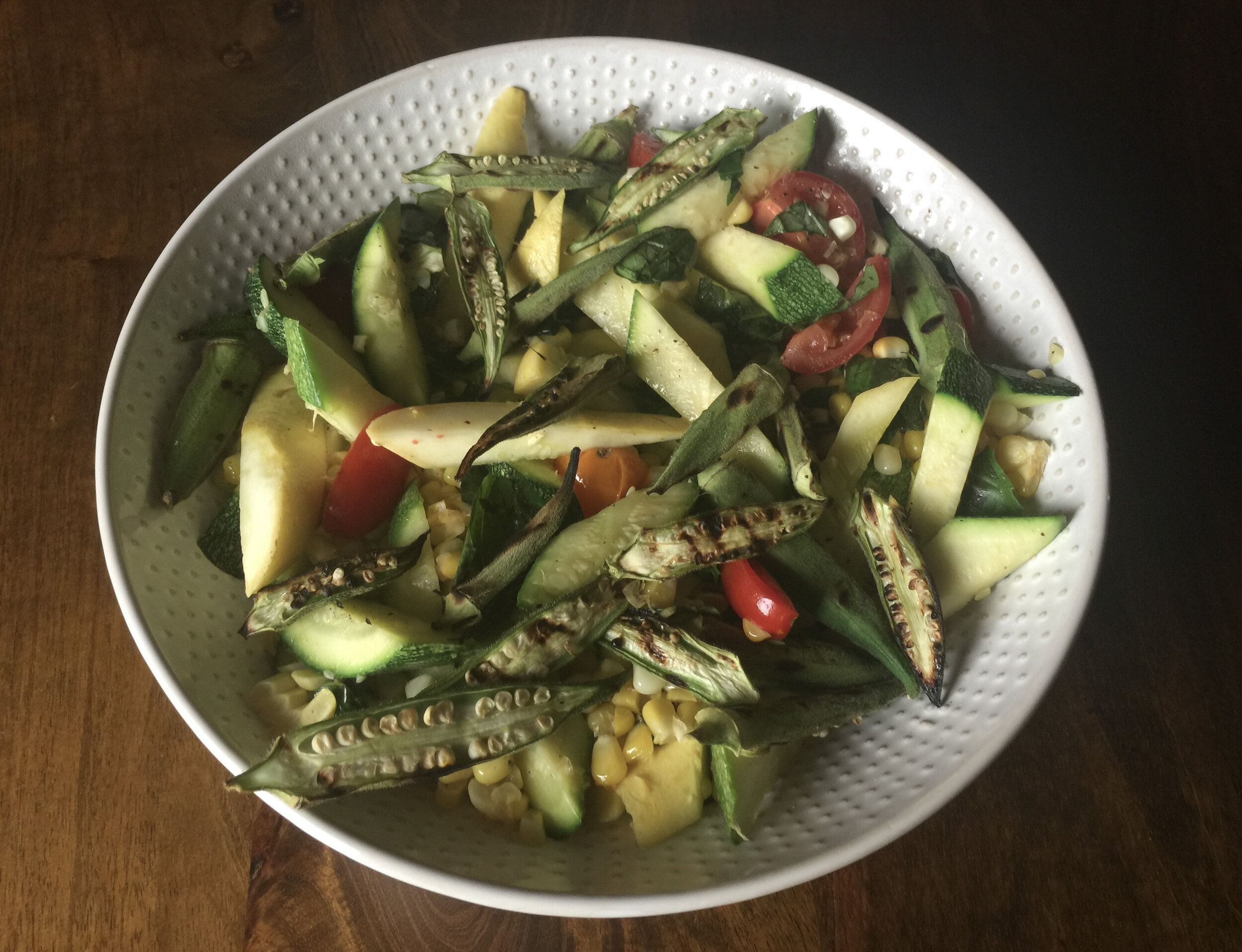By Leslie Brenner
Nature has a remarkable ability to create harmony on a plate. That’s why if you stick with what’s emphatically in season, it’s hard to go wrong.
This time of year, zucchini, tomatoes, eggplant, peppers, okra and corn are bountiful in American markets and gardens, and they’re incredibly easygoing. Throw them together in nearly any combination in pan or on grill, their flavors start singing, and everybody wins.
You might think of zucchini as their bandleader. Cartoonishly prolific in late summer, the affable summer squash plays well with everyone. So do tomato, its umami-packed pal, and peppers, whether sweet or hot. They’re all Meso-American in origin, as is corn. Zucchini is a cultivar of Cucurbito pepo, which gardeners have been growing in parts of what’s now Texas and all over Mexico for 8,000 to 10,000 years.
Okra is in peak season as well. Not a native to the Americas, its appearance here was diasporic; it was grown by in the Carolinas by enslaved African people. Today, stateside, it’s mostly grown in Florida and Texas.
Eggplant is also an immigrant to America, having traveled here — and to the Mediterranean — from Asia. Botanically it’s a cousin to tomatoes and peppers, all being nightshades.
So, how to throw them together deliciously?
Try a shrimp sauté with zucchini, tomato and corn, like the one shown above. It shows best with wild shrimp from the Gulf, which the Meso-Americans would also have enjoyed. Our recipe includes serrano chiles, crisply grilled okra and lots of cilantro, but it’s endlessly riffable. Recently I skipped the okra, swapped the serranos for sweet, mild red bell pepper, and used fresh basil in place of cilantro — giving it a Cal-Italian vibe.
Shrimp sauté with zucchini, corn, red bell pepper and basil
RECIPE: Shrimp Sauté with Texas Veg
Whether you’re doing a shrimp sauté (chicken works great too) with this group of veg, or just throwing the vegetable pals together in a pan, herbs and spices can add pizzazz and depth. Besides cilantro and basil, thyme, parsley, marjoram, oregano work great with these guys.
Oregano is front-and-center in one of my all-time favorite dishes by Yotam Ottolenghi, Stuffed Zucchini with Pine Nut Salsa. Cherry tomatoes and lemon zest add bright exclamation points. Enriched with egg and rounded out with breadcrumbs, it makes a fine main course, as well as a spectacular accompaniment to grilled lamb or chicken. The dish may have been born across the pond, but it’s very much at home on either side of it.
Zucchini and friends, Mediterranean-style
What if eggplant is one of the friends? Think Mediterranean, and reach for a roasted ratatouille.
Why roasted? Disenchanted with watery, soggy renditions of the French favorite, I thought maybe sending the eggplant, peppers, zucchini and garlic into the oven for a spell would deepen their flavors and keep them more distinct.
It did indeed, and now I’d never make ratatouille any other way.
It’s a delightful dish for summer-into-fall.
RECIPE: Roasted Ratatouille
Here are more zucchini recipes we think you’ll enjoy:
RECIPE: Melted Zucchini with Pine Nuts and Basil
RECIPE: Raw Zucchini Salad with Green Olives, Mint and Pecorino
RECIPE: Barry’s Insanely Delicious Zucchini Fritters
RECIPE: Camarón con Fideos de Calabacitas
RECIPE: Grilled Zucchini with Lots of Herbs
RECIPE: Rosa de la Garza’s Texas Chicken















